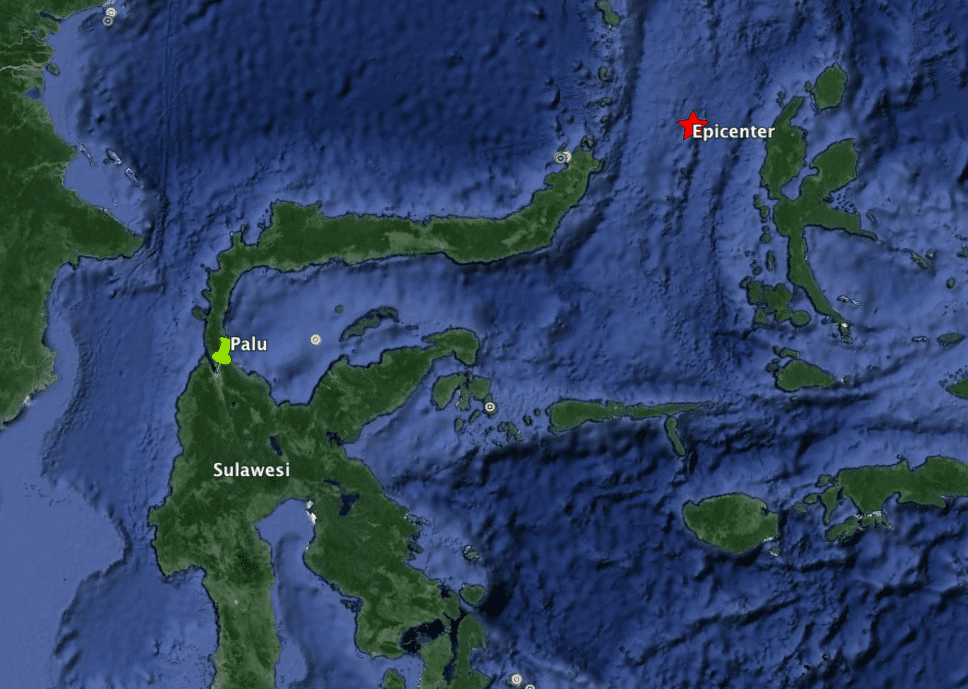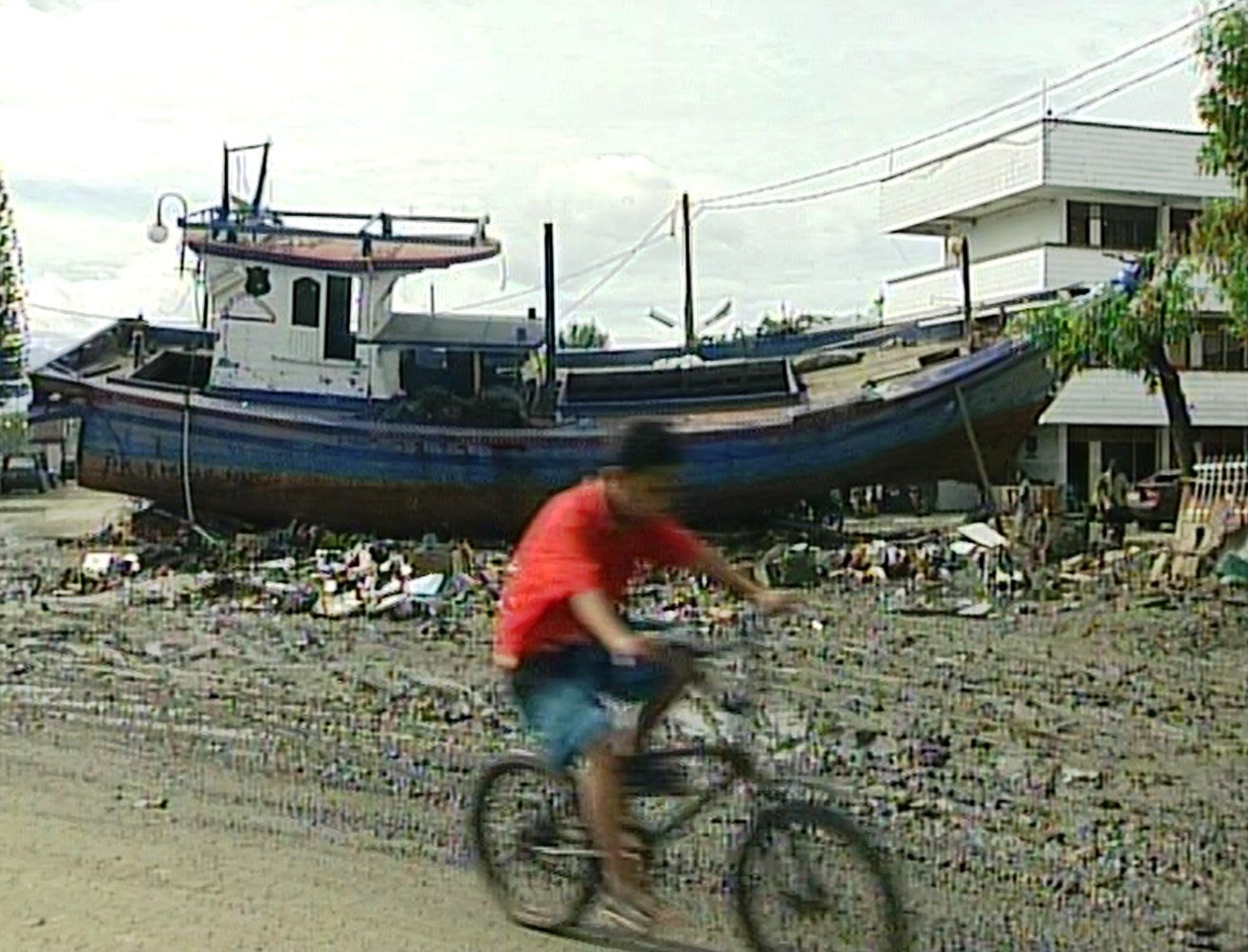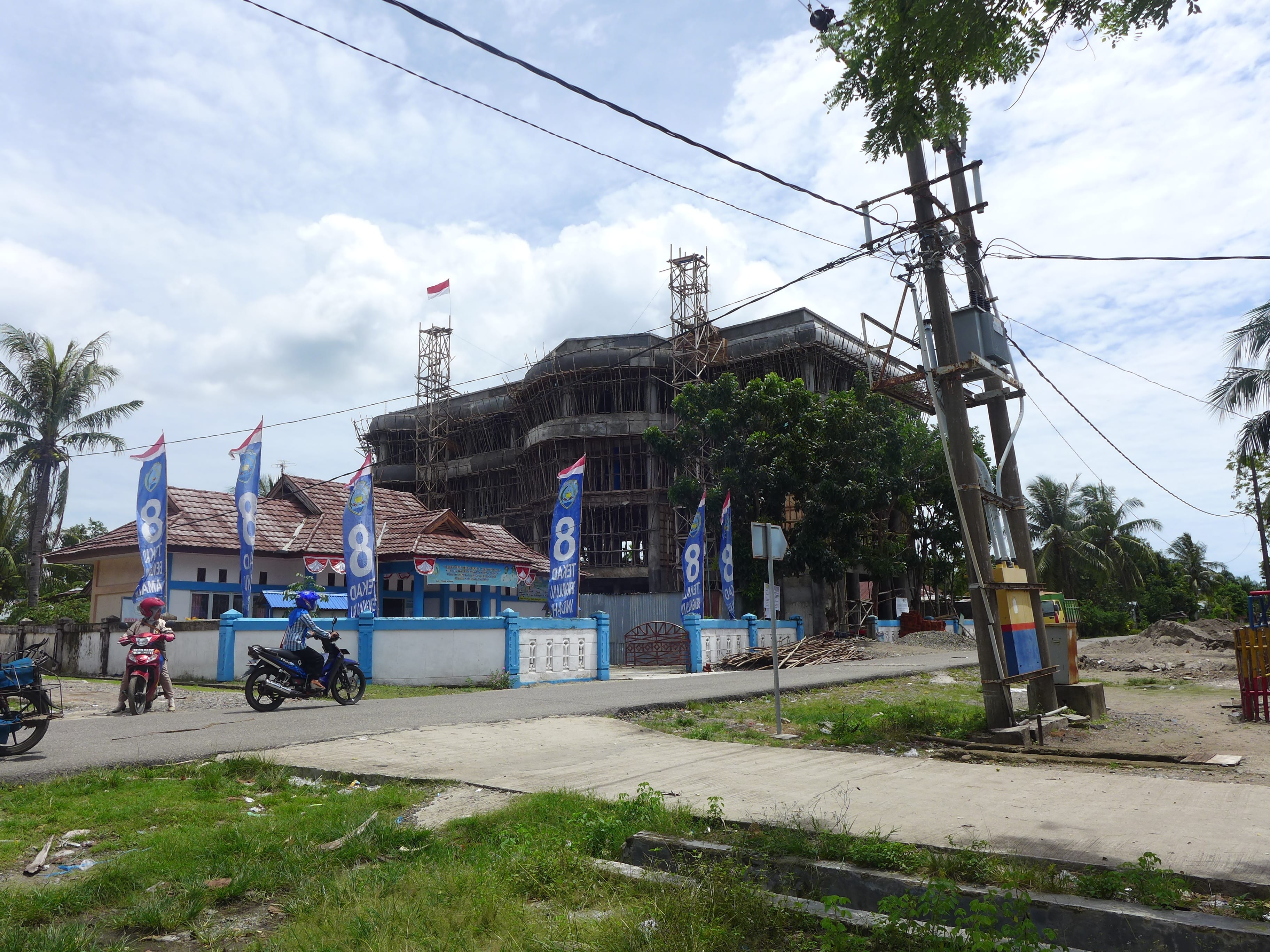 Near Bengkulu, in Sumatra (see map), we visited a massive concrete construction in the process of being built. It is located in a heavily populated flat area about a kilometre from the coast. This is going to be the local safe haven for people to escape to when a tsunami threatens. It is a huge structure (see video) that towers above the surrounding sprawl of single story buildings.
Near Bengkulu, in Sumatra (see map), we visited a massive concrete construction in the process of being built. It is located in a heavily populated flat area about a kilometre from the coast. This is going to be the local safe haven for people to escape to when a tsunami threatens. It is a huge structure (see video) that towers above the surrounding sprawl of single story buildings.
Earthquake recovery in Gol village Lombok
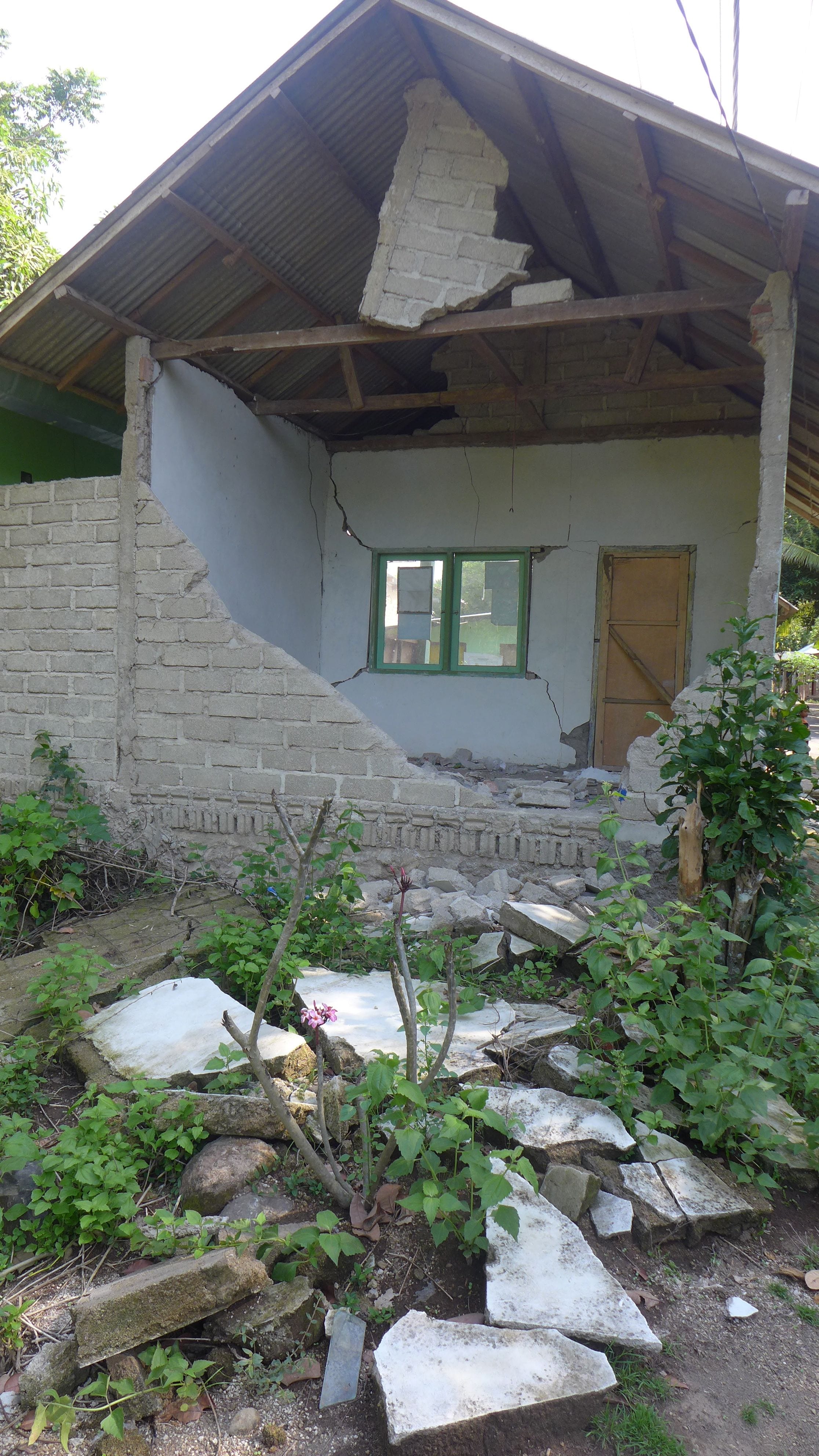
During our visit to North Lombok, we went on a field visit to a small ‘sub village’ called Gol, near Medana in the Tanjung sub district.
About a year ago, Gol village suffered badly during a relatively small (M5.1) earthquake. 160 houses were completely destroyed by the ground shaking, which was described as mostly a single jolt that was all over in about 5 seconds. A total of about 6000 other houses were destroyed in the surrounding district.
Molucca Sea Earthquake
The magnitude M7.1 earthquake located in the Molucca Sea yesterday reminded us of the hazards faced by the Indonesians on a daily basis. Fortunately, at a depth of 46 km, it seems it caused little damage. The closest large city was Mandano which experienced earthquake shaking at about MMIV according to the USGS.
The StIRRRD team was en-route to Jakarta when it occurred,
Palu Introductory Visit
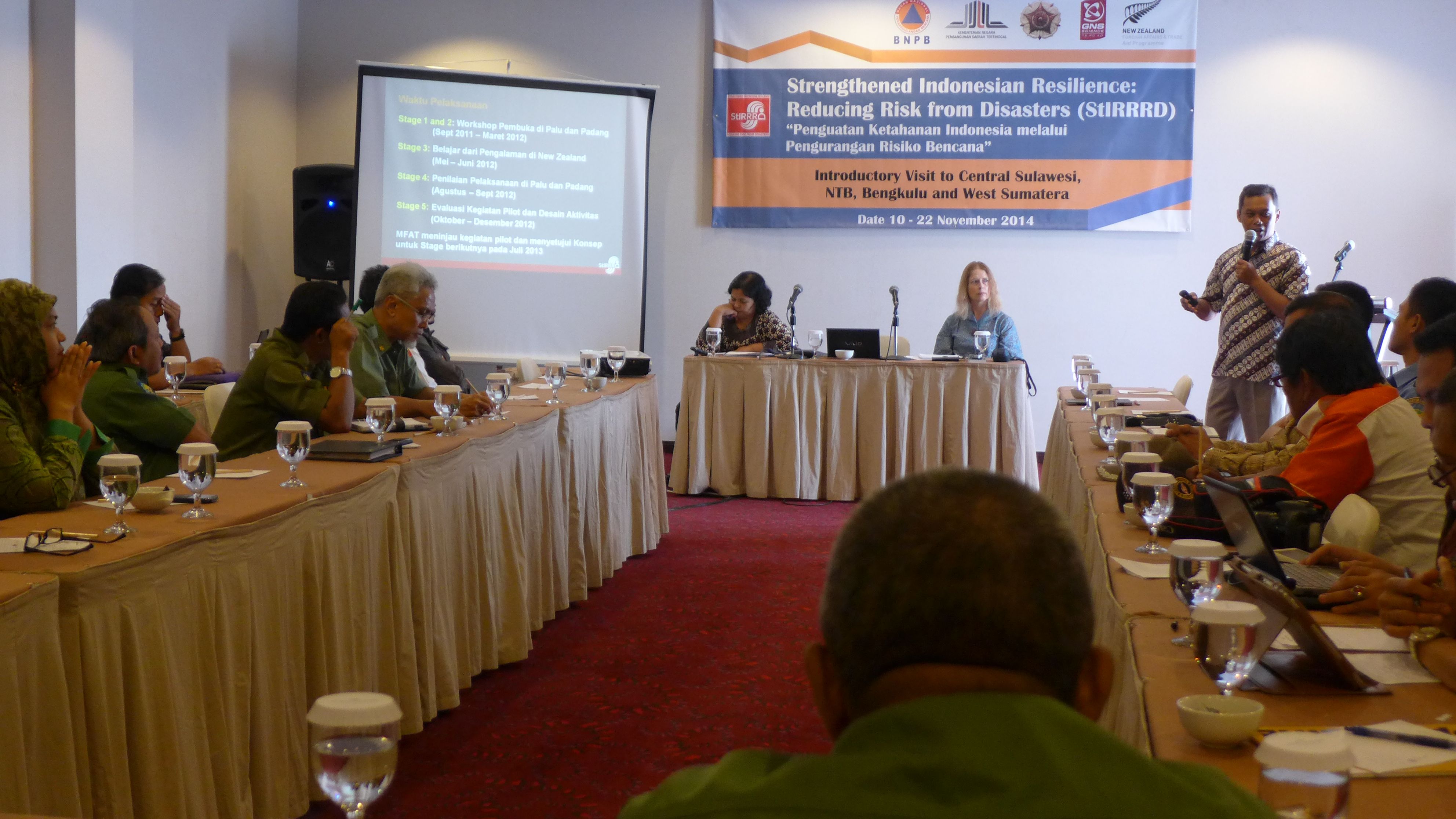
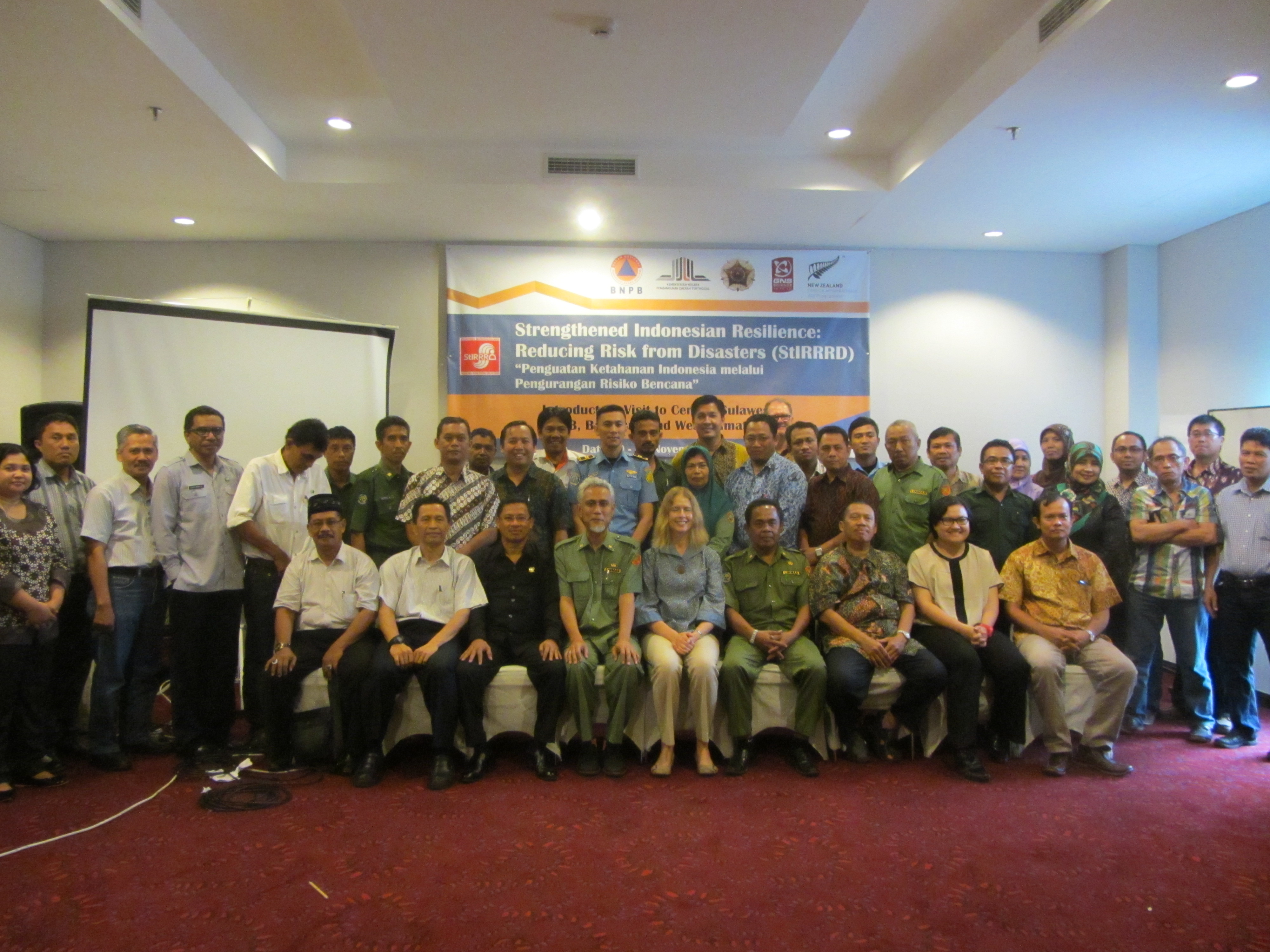
The StIRRRD team arrived in Palu on 9 November 2014 to kick-off the StIRRRD Activity. Palu is the capital of the Province of Central Sulawesi and is quite a large city with a population of about 350,000. The active Palu-Koro Fault has shaped the landscape, with earthquakes, landslides, and debris flows a common occurrence.
Introducing StIRRRD – Strengthened Indonesian Resilience: Reducing Risk from Disasters
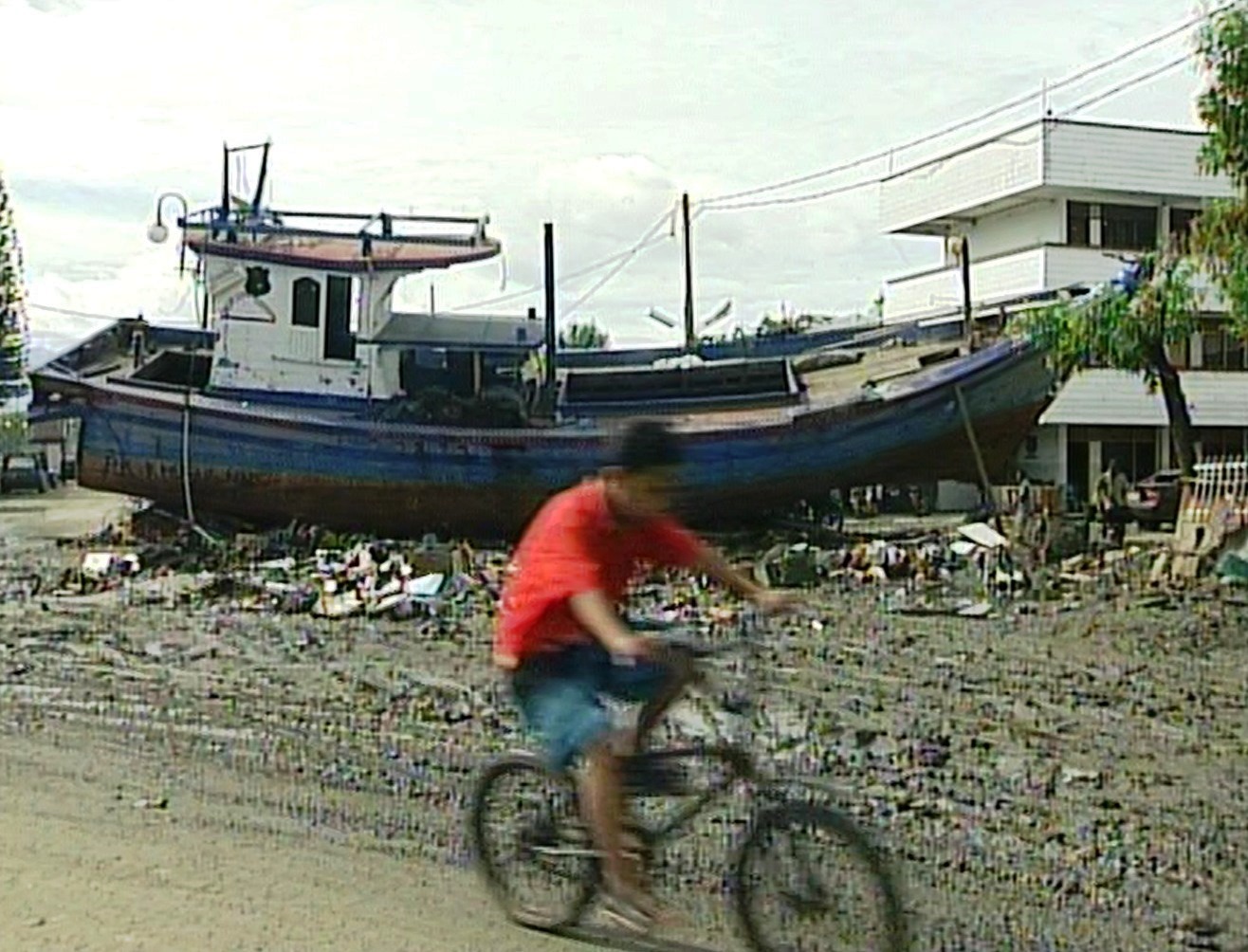
With a population of 250 million and frequent natural disasters, Indonesia has had to rely on international aid to help it recover from natural disasters numerous times. Its economic growth has also suffered repeatedly. To combat this, the Indonesian government is taking action to reduce losses from natural disasters and to strengthen community resilience. It has made local governments responsible for managing hazards and risks. However, the ability of provincial and district governments to achieve this varies widely.

